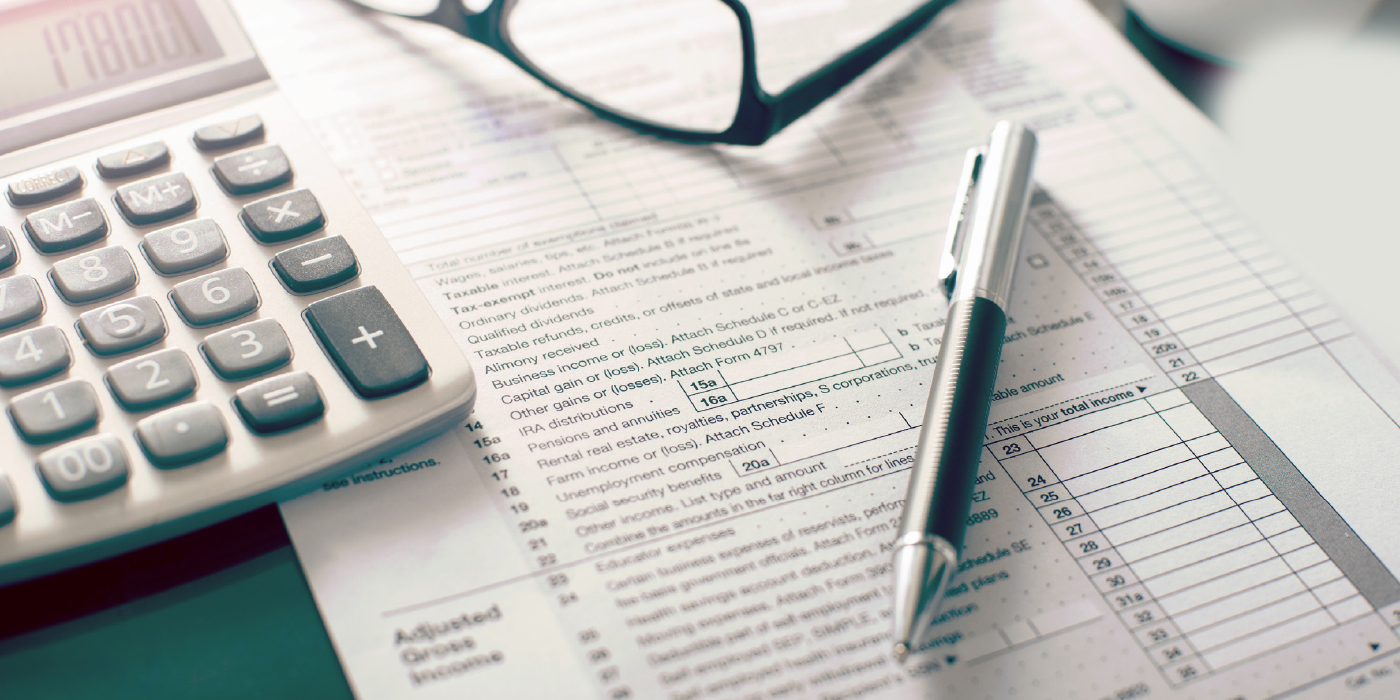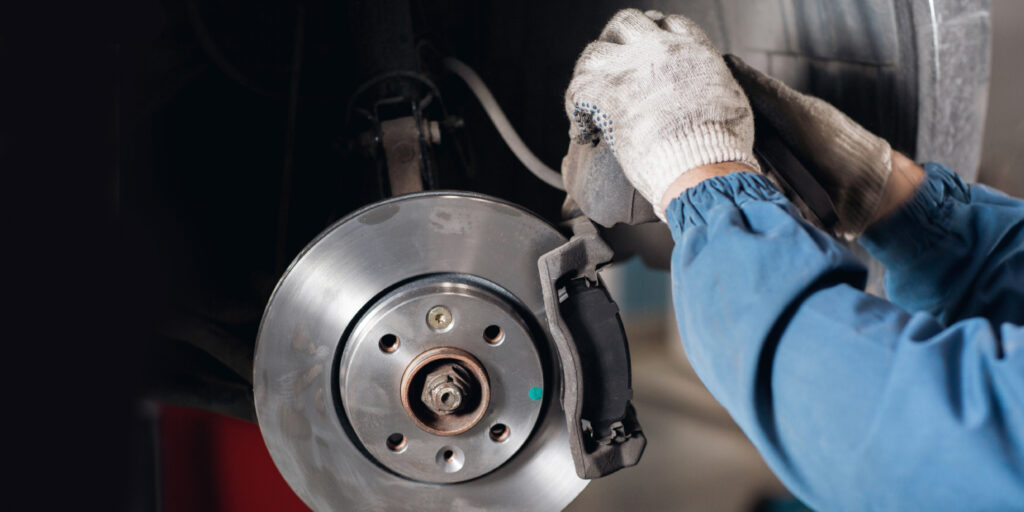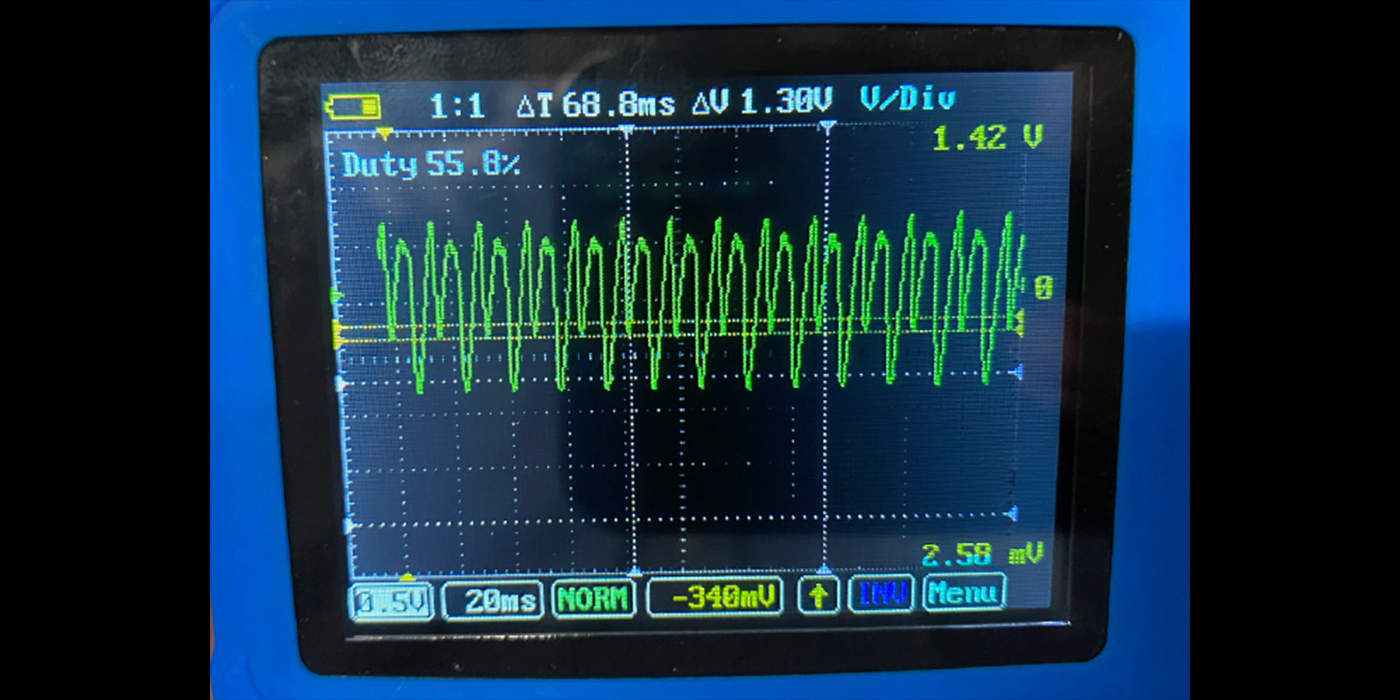By Joe Marconi
A recent report from Lang Marketing Resources Inc. reported that in spite of the economic climate, service stations, independent garages, repair specialists and foreign car specialists generated about 2.6 billion more in service revenue in the U.S. car and light truck aftermarket in 2011 vs. 2010. This revenue increase is coming primarily from the Do It For Me (DIFM) sector. In striking contrast, the same report projects that new car dealerships will lose more than $750 million in service market products. Service stations and independent garages now account for 29 percent of the total aftermarket DIFM market.
What does this mean for the average shop owner today? It spells out: Opportunity. This is your opportunity to continue to grow your business and be part of the growing DIFM market; a market that has chosen the independent auto service provider as its preferred choice.
One important factor; the strength of the independent aftermarket is not about price. National chains across this nation that have built their business model based on discounting and low price do not capture the hearts of the average consumer. Independent garages are typically priced higher on most basic services and repairs, but have far fewer issues with price. The average independent garage has proven that although price is always a concern with consumers, the actual determining factor in choosing a service facility is the relationships the shop has formed with its customers.
Every shop owner today needs to ask, “Am I ready for this opportunity and will I put together a plan for continuous growth”? The plain truth is that if your business is not growing, it’s falling behind. The level of success you achieve for your company is directly determined by how you plan for the future.
I want to make one thing clear; success is not measured against the success of others. Your personal success depends on your ability, the abilities of those who work with you, your determination and the steps you take each and every day to do better today than you did yesterday. You can build an empire, but that empire will be your empire. Too often people base success on the fortunes of people like Donald Trump or Bill Gates. What they achieved has no bearing on your personal success. That’s not to say there aren’t people reading this who have the greatness to become a Bill Gates. It just means that each of must work hard to be the best we can be and never settle for mediocrity.
Never settle for being average. Anyone can be average. Striving to be average can become a curse that breeds complacency. Once complacency sets in, your business is doomed.
Work hard to become your personal best. And don’t forget about the people who work with you in your company. Part of your job as a shop owner and the leader of your company is to recognize the strengths of the people who work in your company, and find ways to make them better. This concept will help ensure your success.
Growing your business requires taking the time to create a plan, determining what your goals are and outlining the steps you need to take to achieve these goals. It also takes vision; the vision to see your company in two years, in five years and in fifty years. Most of all, your plan must be written down. The great Sun Tzu, author of “The Art of War”, preached that to be successful requires a well-thought-out written plan. If the plan is only in your head, it is nothing but a dream.
Growing your business is a journey, not a destination. Growth stops the day you put the key in front door for the last time. Make that last day your choice, not someone else’s. The decision is yours; if your business is not growing, it’s simply dying.
This article was contributed by Joe Marconi of Elite. Joe is one of the 1-on-1 business coaches who helps shop owners build more successful businesses through the Elite Coaching Program, and is the co-founder of autoshopowner.com.













I’m not a financial scholar by any means, but I know what return on investment (ROI) is. It’s a mathematical formula that yields a representation of the profitability of any type of investment. In the automotive repair industry, we primarily associate this with equipment. Admittedly, I’ve never used the term much, more often approaching things from the standpoint, “Am I making money with this or not?” As technicians and shops, our typical thought process centers on each individual job, how much time and money we have into it, so we’re used to thinking profit or loss, and also pretty good at knowing if we made money, or if we lost our “back quarters.”But over time I’ve learned that the thought process alone is not always the best approach, and making money doesn’t necessarily mean a good ROI. Even if you don’t go crazy with an exponentially long, complicated equation, if you understand the basic idea and process of calculating ROI, it can help you make good purchasing decisions. The base calculation would be dividing your net profits by the cost of the equipment. That’s your ROI. Then, if you want to take it further, you can divide that number to get a time-based ROI average.Let’s look at a basic calculation. You buy something for $10, then sell it for $14. Your profit is $4. Divide profit by investment, ($4/$10) and you get an ROI of 40%. Not bad, but if it took two years to make this profit, then your ROI would be 20% annualized, which is not as impressive. You can use this basic formula to compare products you sell as well, and it may help you decide what’s best to keep in stock or not.Now let’s try something with equipment. You have an old tire machine that’s paid for. You average one set of tires per week and it takes 1.5 hours to complete the job. You decide to buy a new tire machine that is much quicker and more efficient but it cost you $20,000. Now the same job only takes one hour. Based on the cost of technician salary, you calculate that it saves you $30 per job with this new equipment. In this case you would use the formula: savings (additional profit)/investment. At one set of tires per week, that works out to $1,560 per year. $1,560/$20,000 equals an ROI of approximately 8%. That’s not too good. It will take you almost 12 years to pay off the new machine.On the other hand, if you average five sets of tires per week, then your additional profit for the first year is $7,800. $7,800/$20,000 equals an ROI of 39%. That’s pretty good. A general rule of thumb is to pay off any piece of equipment within two to three years. This puts you right on track.But now, here is the problem. This is where we throw the proverbial wrench into the plans. Equipment is tricky. You should also calculate in installation and maintenance costs, as well as the cost of training for the new equipment, and factor in how long the equipment is going to be relevant. This is an especially important factor when considering a scan tool, the required updates and how long before it’s potentially obsolete. In the case of a tire machine, you can also calculate in savings from other benefits of a new machine, such as no more damage to wheels or tire pressure monitoring system (TPMS) sensors, which the new machine can eliminate.Some of this can be overwhelming, and it makes me realize why it’s easier just to fly by the seat of your pants and wonder, “Am I making money or not?” It’s an important business aspect, however, to know what is behind the idea because it can benefit you in so many ways. Even without math, you can almost visualize the numbers in your head.I’ll try it by leaving the formulas out to decide whether it makes sense to buy a dedicated TPMS tool when you already have a full-function scan tool with TPMS ability.If you get a TPMS problem every day and you use your full-function scan tool to diagnose it, most likely it takes much longer to boot and longer to navigate to the function. Even then, it may not cover all you need. Because there’s such a vast amount of information that a full-function scan tool has, it simply takes more for the manufacturer to keep everything current. Plus, you often must still rely on service information for certain procedures and then, if it’s the only scan tool for your shop, it ties it up for use in other diagnostics.Now, let’s compare that to a dedicated TPMS tool. Built with only one function in mind, they can make the process much quicker, have greater coverage, boot quicker and quickly walk you through all steps of any required TPMS resets. When you factor in the savings in time and the fact that your primary scan tool isn’t tied up, you can prove the value of a dedicated TPMS tool through ROI calculations. On the other hand, if you rarely work on TPMS systems, you can prove it wouldn’t make sense at all, since you do have the function on your primary scan tool.While you haven’t done any calculations, you’ve thought of it in that manner and can picture where the calculations might end up. If you’re on the fence, the math will give you the answer. Ultimately, your accountant could take the idea even further, with an undoubtedly more advanced knowledge of ROI, and almost certainly a way to calculate depreciation into the formula. That’s where I sign off, but you get the idea. It’s a great concept that represents fundamental business financials.